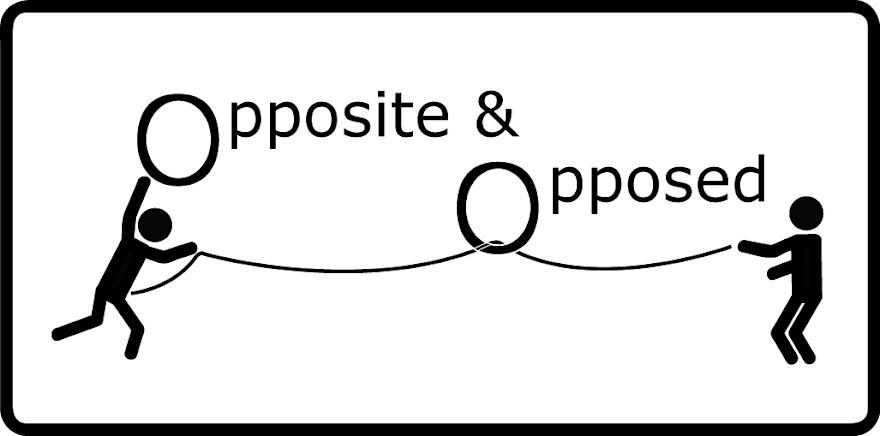- Development in this type of thing should come slow. Time is at your side. An attitude in climbing which you'll commonly hear is that 'top-roping doesn't count'. That's horse-shit. It's a valuable process. By following and cleaning you learn a lot about climbing subtle outdoor rock. Learning proficient movement should come first. If you can't read the moves, and execute comfortably, you won't be able to protect yourself as an added burden. Cleaning an experienced leader's pitch will illustrate the secure placements and those which are marginal. I expect I cleaned 150+ pitches before I climbed above my own gear. This matches the advice Will Gadd gives for ice climbing. Moderate rock pitches tend to share some risks with ice. Ledge fall potential is there at many points on many easy routes.
- Are you pushing yourself mentally and physically at the same time? Are you pumping out trying to place gear. Are you placing quickly with cursory inspection? Do your legs shake? Pushing the body and the mind at the same time is a good way to get in trouble. Have you lead a variety of routes at an easier grade with good results? Have you felt comfortable? Know how to rest; either using natural features or by resting on your gear. Be able to recharge your focus and your muscles mid-pitch. If this means taking on the rope than so be it. If a clean send is really important to you the line will be there next time. I'm no expert on this subject but myself (and many others) have found good insight in Arno Ilgner's 'The Rock Warrior's Way'.
- Are you protected? Can you identify good gear? Is it in good rock... or will it pull? Visually good placements fail. I've pulled at least 4 nuts that I thought were good by exploding the surrounding rock. I've heard that 10% of textbook cam placements in parallel cracks will pull. Put 2 pieces in before and after run-outs. Put 2 pieces in at the crux. Can you judge where your next good piece will come? Can you judge where you will land if you fall before being able to get in another good piece. Is it safe? If not... is it an acceptable consequence to you?
- Falling may not be as wise and common as internet video suggests. I realize there are several schools of thought on this. However, I don't support the idea that you must be always falling in order to progress. I often yell 'take' to rest on gear when a pitch is at my limit. A ground-up ascent to the anchors is more valuable to me than a 'red-point'. Aid climbing has given me a great deal of knowledge about placements that will hold... and that's what's allowed me to relax and refocus while resting. In my career I expect I've led roughly 400 pitches. In that time I've perhaps taken 5 falls worth noting. It isn't a necessary or a wise way to progress. A new gear leader on the verge of falling is a signal that something's wrong.
Thursday, August 16, 2012
Climbing Above Gear
Last night I lead another project of mine. The route was one of a few that's felt in reach this year more so than in previous years. In my 8th year of climbing I'm still learning the craft, and I've still got many places to improve. During the hike and while on the route, myself, and two other experienced leaders talked a lot about progression towards higher standards in gear-protected climbing; and the way we've got to where we are. Having had some time to digest it all I've got a few thoughts.
Subscribe to:
Posts (Atom)
